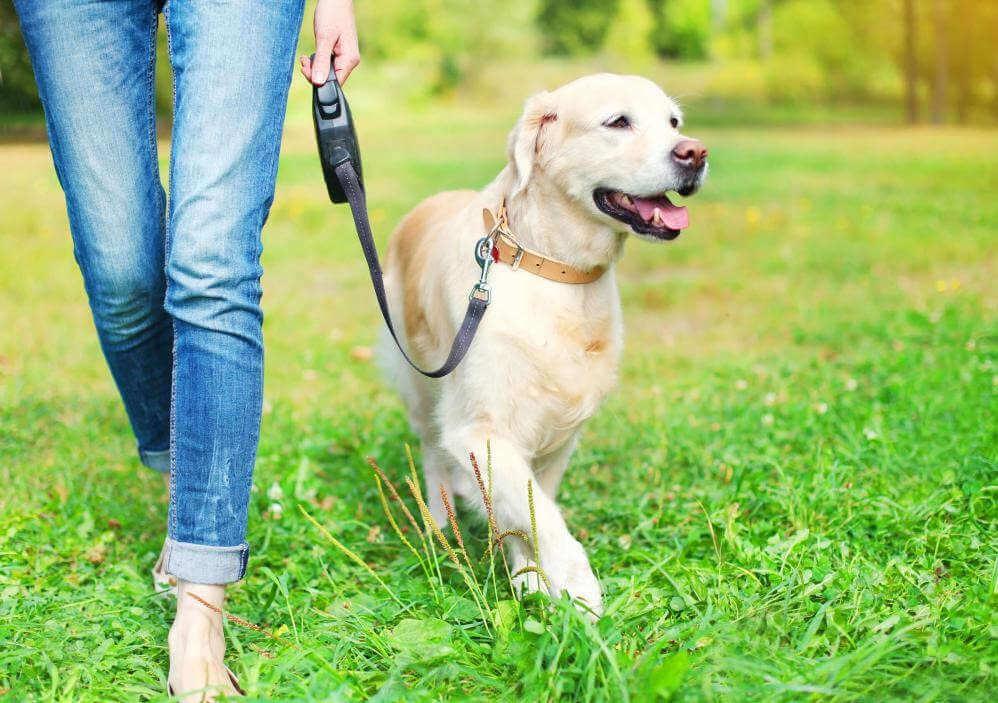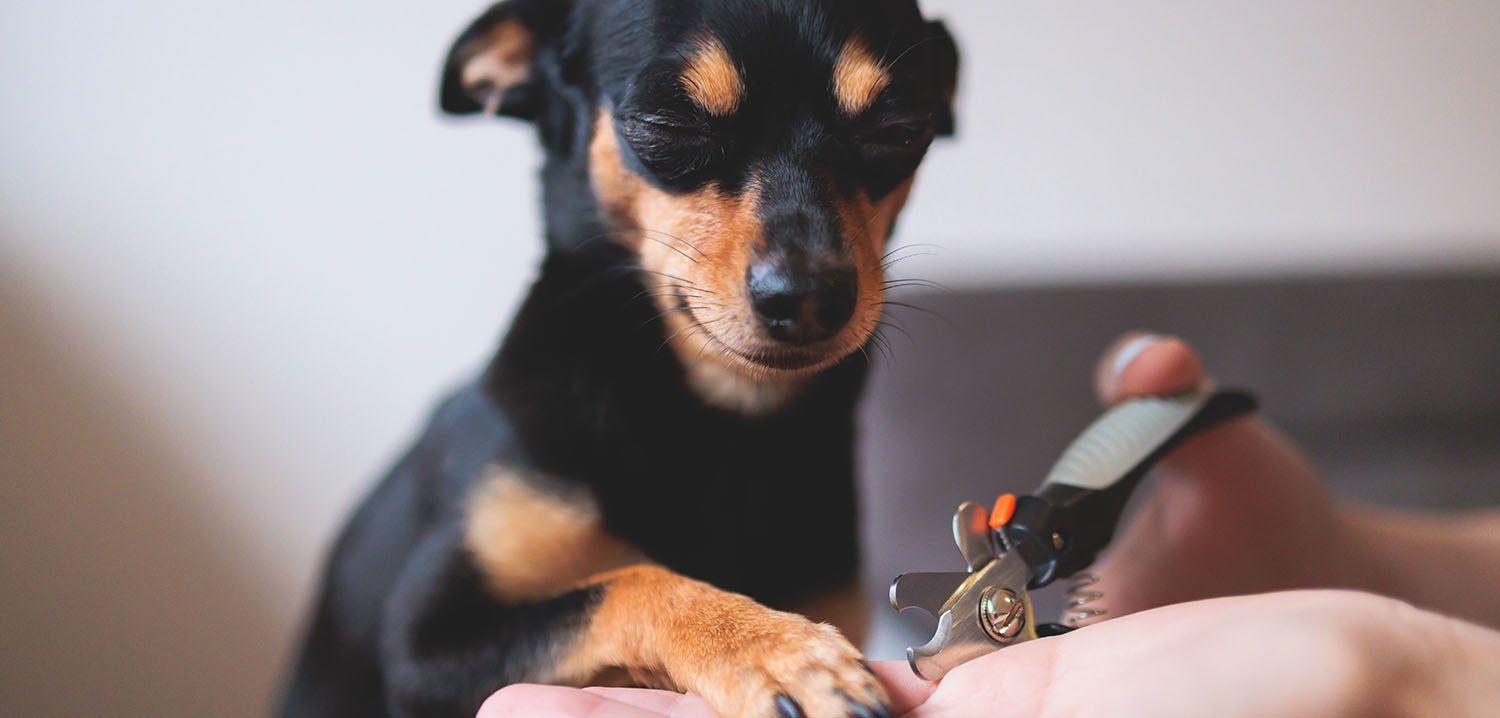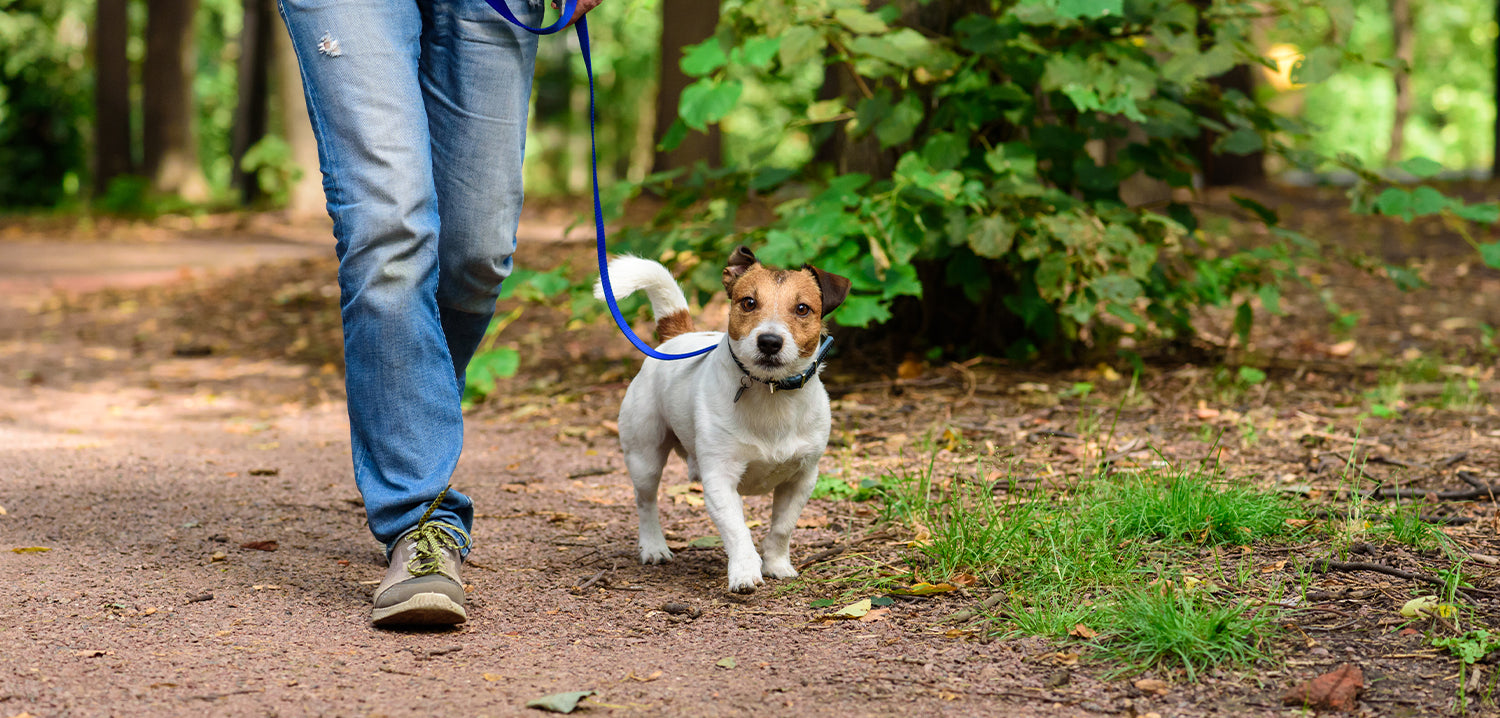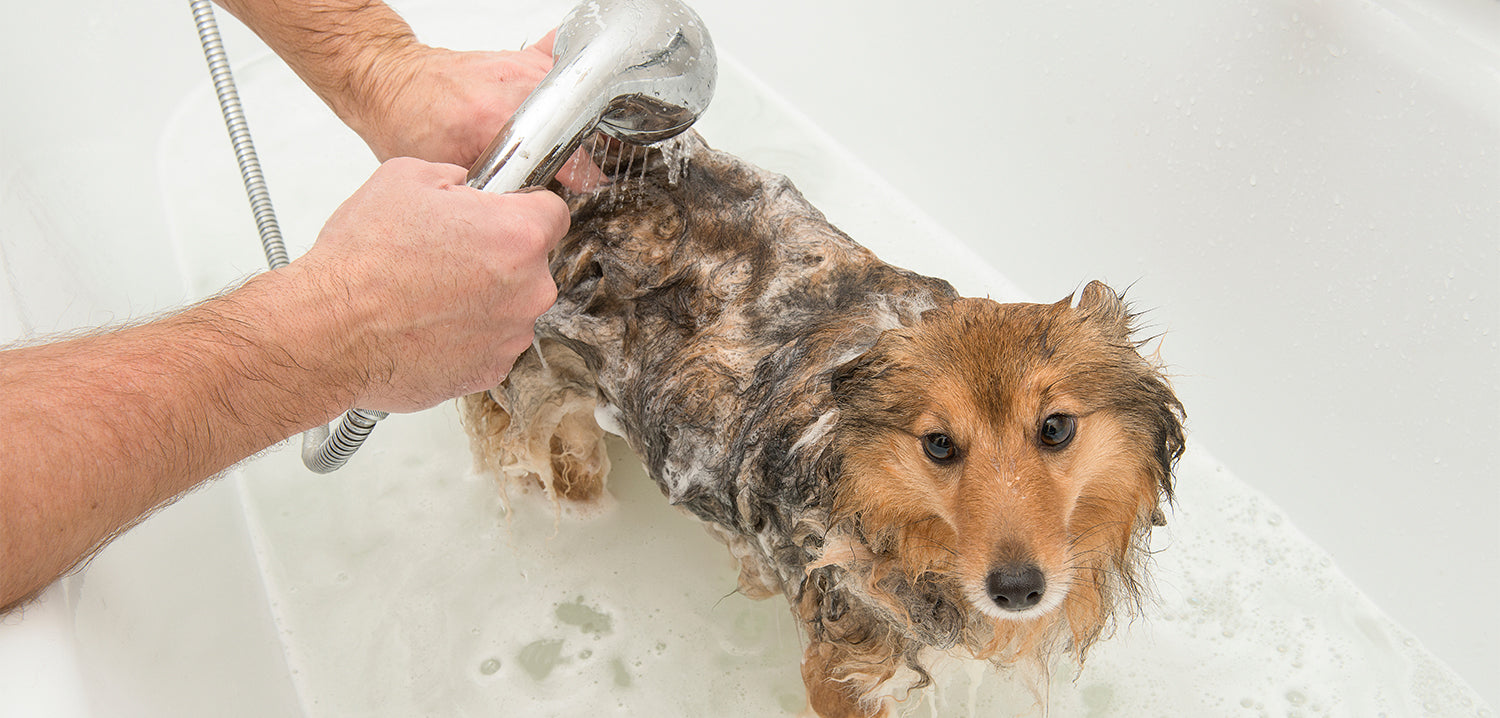Dogs’ curious and inquisitive natures means that sometimes going for a walk can feel like water-skiing! When you take your dog for a walk, all they want to do is explore the exciting sights and smells around them, which can mean they pull on the lead. When it comes to training a dog to walk on a lead, where’s the best place to start? James Wellbeloved investigates lead training and offers tips on how to lead train your dog…
Why is lead training important
Alongside other basic commands such as teaching your dog to sit or stay, teaching your dog to walk properly on a lead is a useful skill for several reasons.
Firstly, if you go for dog walks in areas with busy roads, training your dog to walk on a lead will help to keep them safe. Having proper control of your dog while you are walking next to roads means that they are less likely to run into traffic.
Secondly, the more that dogs pull on the lead, the more chance there is that they will strain or even damage their neck. If you jerk or tug the lead to try and keep your dog next to you, this will increase the strain on your dog’s neck muscles.
What you need
When you start taking your dog for walks, you will need a lead and a collar, or harness. Here are some tips on how to choose:
- Choose a durable material for your dog’s lead, such as leather or nylon
- It’s best to teach your dog to walk on a short lead, before introducing them to an extendable lead
- Choose a strong collar that won’t wear over time or snap if your dog pulls on it
- Check the collar fits properly. A too-tight collar may rub or chafe your dog’s skin, while a too-loose collar may get hooked on branches, posing a choking risk, or could be slipped off by your dog
- You could use a harness instead of a collar, as they reduce strain on the neck
- Do not use choke collars, prong collars or shock collars
If you’re not sure on which lead or collar will be suitable for your dog, consult a vet or a qualified, reward-based dog trainer.

How to teach a dog to walk on a lead
Teaching a dog to walk on a lead is not an easy process and it will take patience.
When you are on a dog walk, as soon as your dog starts to pull on the lead, stop walking. If you keep moving, your dog will associate pulling with going forwards. Stand still and wait for your dog to stop pulling or return to your side before you start walking again. If your dog ignores you, you could use a treat to entice them back (but try not to do this every time, or they will learn to only come back for a treat). You could even turn around and walk backwards to tell your dog that pulling means no walk.
You can use treats to reinforce good behaviour – if your dog is walking beside you with no tension in the lead, feed them a treat and praise them. However, if your dog pulls on the lead, don’t shout at them or tug the lead back. Creating positivity surrounding the experience will have better results in the long term.
Lead training tips
If you have a particularly boisterous dog, you may find that instilling calm behaviour before the walk begins also works well.
Get into the routine of asking them to ‘sit’ while you put their lead on and ‘wait’ before setting off to encourage obedience.
To reduce distractions from other people, dogs, or traffic, practice lead training somewhere quiet –your garden or the park are good places to start. Above all, you should be consistent in your training method.
If you take the time and put in the effort every single time you go for a walk, your pup will learn much more quickly, resulting in better walks for both of you!












